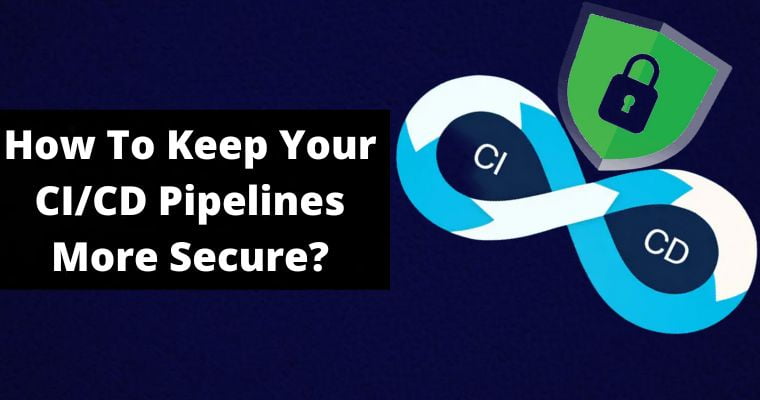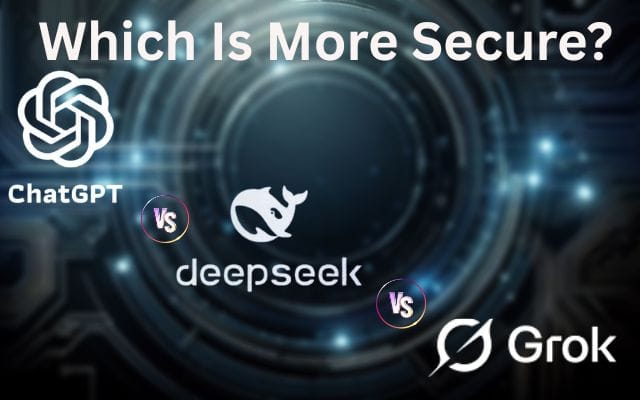Continuous Integration/Continuous Delivery pipelines are the backbone of a modern software development organization. They provide a powerful way to deliver software more quickly and efficiently than ever.
However, great power is accompanied by great responsibility. While many write secure applications, few focus on CI/CD pipeline security. Here are some reasons why CI/CD security is crucial.
How Important Is CI/CD Security?
CI/CD pipelines require many permissions, and infrastructure and application secrets must be protected. A hacker can compromise most of your infrastructure within seconds after getting access to your pipeline.
Since many attacks have been against the software supply chain, you should prioritize securing CI/CD pipelines. This is an increase of over 400%, so you shouldn’t ignore it.
Here are some best practices to adopt:
- CI/CD Access Regulation
First, let’s discuss how to access CI/CD. Keeping your CI/CD organized and controlled is the best way to control access. You shouldn’t let everyone in the company access it; even if they do, they shouldn’t have automatic access to everything. SSO and RBAC are needed here.
Don’t forget the least privilege. Only give developers access to the pipelines they need. Other teams’ channels are pointless. Managers and team leads should be able to use CI/CD for reporting but not necessarily for pipeline creation.
- Keep Your Passwords Safe
In CI/CD security, passwords, tokens, and other credentials need to be handled securely. To deploy apps, CI/CD tools and applications may need secrets. Start by never passing secrets in plain text. You can use environment variables in most modern CI/CD tools to pass secrets.
- CI/CD Security Scanning
As for pipeline security scanning, there are several methods you can use for doing it. CI/CD processes should include security scanning from the beginning. There are a lot of free and open-source tools available for this.
The first step is to scan your static code. Using this process, you can find common vulnerabilities or malicious behavior in the code that you’re deploying. If you’re deploying Docker containers, you can also scan the registry.
Your pipeline scans every image you request from the registry. Don’t forget runtime scanning either. You’ll improve your company’s security posture if you combine all three strategies.
- Test environments shouldn’t be left open
Your product can be tested in test environments, and you can also test manually in these test environments for free.
There’s no guarantee that test environments are as secure as staging or production environments, so you should secure them the same way you would your production environment because if an attacker gets into them, they can affect your whole system.
- Dispose of any temporary resources
Even though test environments are always available, CI/CD pipelines often create temporary resources like virtual machines or Kubernetes clusters that are designed and destroyed after a pipeline run.
You could end up with dozens of unused resources that aren’t just wasteful but dangerous over time.
If an attacker finds these forgotten resources in a virtual machine that wasn’t patched months ago, it’s a gold mine. You can clean up old test applications that are still running. You might even have firewalls that don’t cover these old resources.
If you create them in the pipeline, don’t forget to destroy them. If you do it manually, create processes or reminders to keep it under control.
- Update Your CI/CD Tool
Putting it off until later isn’t a wise idea. Updates to CI/CD tools are often overlooked or even feared. Your CI/CD tool will also have bugs and vulnerabilities. If you don’t update your CI/CD, best practices won’t work.
An access management tool with a vulnerability that allows attackers to bypass authentication is of little value to an organization looking to implement CI/CD.
- Auditing
Lastly, you need audit logs. It doesn’t matter how robust your security is; someone can still run a malware pipeline.
Security measures aren’t foolproof either. When an attacker successfully deploys their malware, what happens? It’s gone, so you don’t know what happened. You can use audit logs in this situation.
Pipelines can be deleted for various reasons, and it’s not something you should prevent completely. Your goal should be to create an audit log and store it somewhere completely different from your CI/CD system.
The audit log will tell you who deployed what, when, and where, so you can quickly remove the back doors if all else fails.
Conclusion
A secure CI/CD pipeline cannot be overstated. Regarding CI/CD, you hold the keys to your kingdom, so protecting your pipeline shouldn’t be an extra task.
Your security posture will improve after reading our CI/CD best practices. It’s a never-ending process, and there’s always something new to worry about regarding vulnerabilities and threats.



